A fairly common issue drivers run into is the battery light stays on while the alternator is charging. There are a few common reasons for this issue. Why is the battery light on when the alternator is charging?
If your vehicle’s battery light stays on, even when the alternator is charging, it could indicate that the battery circuits or the alternator system are malfunctioning. This will lead to improper charging.
A bad alternator system and certain defects would allow the battery light to turn on, warning you that a charging issue needs to be resolved. You have to find out the underlying reason so that you can solve the issue.
Various reasons can cause the battery light to be on while the alternator is charging. The reason could be a severe malfunction of the parts of your battery system or other car parts.
In this article, we’ll look at the following problems for this issue and possible solutions for each:
- Dirty or Corroded Battery Terminals
- Loose Battery Clamps
- Alternator Problems
- Worn Serpentine Belt
Read on to learn about what brings about such reasons and how you can deal with the issue.
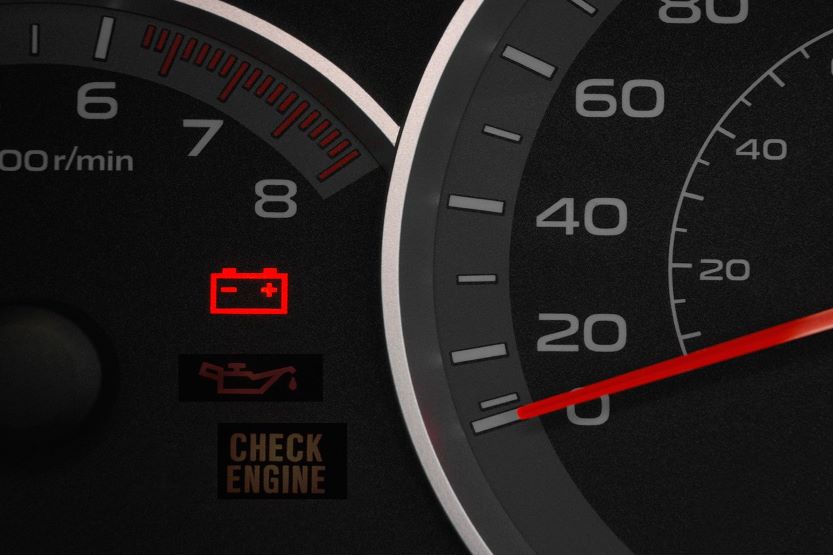
Battery Light on but Alternator Is Charging
If your vehicle’s battery light stays on, even when the alternator is charging, it could indicate that the battery circuits or the alternator system are malfunctioning. This will lead to improper charging.
Having the battery light turn on when you’re charging can sometimes happen. But the light should go off after some time. If it remains on, it’s time you take your vehicle to a shop for complete servicing.
The alternator has crucial functions for your car to operate smoothly and efficiently. Without the alternator, your gasoline and electrical system cannot produce power that would run your vehicle.
Possible Causes Why Light Is on but Alternator Is Charging
1. Dirty or Corroded Battery Terminals
When the battery terminals are corroded or stained, charging will not proceed correctly. When you observe a green or white material on the terminals or the battery’s top, this could be the cause of why the battery light is on.
Solution
You have to clean it up using grease. You can clean it up by removing the battery cables and the battery terminals. You can then clean the battery terminals with grease.
You could take your car to the motor service center for cleaning. Avoid touching the substance as it could irritate your skin.
2. Loose Battery Clamps
When you don’t tighten the battery clamps tightly, the cables’ improper connection to the car battery will make the battery light remain lighted.
Solution
Tighten the clamps properly using a wrench so that it covers the terminals completely. Use protective gloves to do this. You could also have your vehicle thoroughly examined at a motor shop to ensure that they tighten the clamp well. While you’re there, you may want them to go over the entire car to check for other faulty parts.
3. Alternator Problems
Alternator problems can cause your battery lights to stay on while charging. Some indications of these problems are dim headlights, ‘charge,’ and ‘alt’ indicators light up. The battery needs copious water to operate, hard or slow to crank the engine, and alternator noises.
Solution
Replace the damaged part. Alternator problems will cause issues too when you are charging, so you have to determine the exact component causing the dysfunction. The proper identification of the dysfunctional part will facilitate its repair because you would know what part to replace precisely.
4. Worn Serpentine Belt
The battery lights would light up intermittently when the serpentine or drive belt is old or worn out. Inspect it visually and determine the extent of its damage.
Solution
Replace the drive belt to ensure that it works accurately. Get a hold of a shop you can bank on to do the replacement. Don’t attempt to change the belt if you’re not proficient enough.
Common Symptoms of Bad Alternator Systems
An alternator could last around 13 years, depending on how properly you maintain it. However, no matter how you maintain it, you would encounter problems like any other equipment because of wear and tear.
The crucial point to remember is to replace a bad alternator system before it damages your battery and other vital parts of your vehicle. Here are some common symptoms of faulty alternator systems.
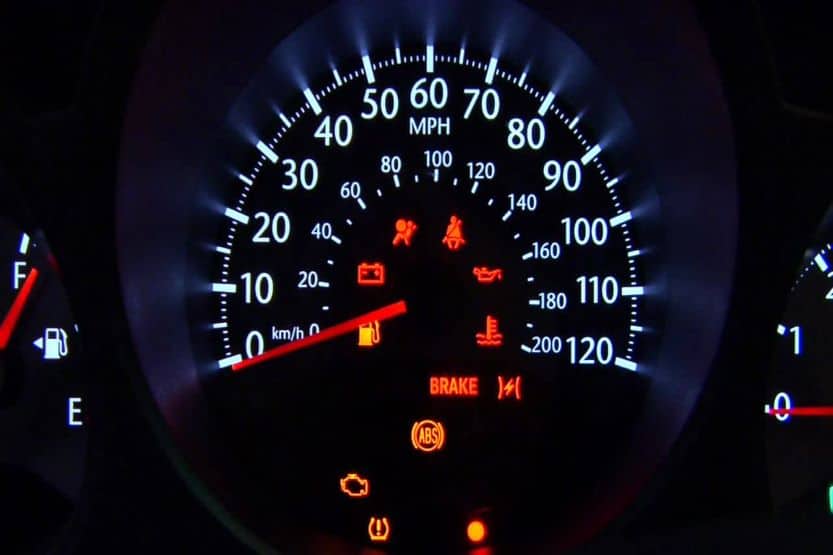
1. Battery Indicator Light Stays On
This symptom can be intermittent or permanent. You have to observe how often and how long. Then thoroughly examine the alternator system to identify the part that you have to replace.
2. Battery Failure and Quick Consumption
A faulty alternator would drain your battery quickly. Instead of you using the battery to run your car, the bad alternator would drain it. So, when you replace the batteries, you have to check your alternator as well.
3. Dimming Headlights/Lights
Another symptom of a bad alternator is the dimming or flickering of your vehicle’s headlights. If you notice your lights growing dim without any apparent reason, go over your alternator system and find the culprit. Also, check your battery as it might have an insufficient charge. Find out if there are dysfunctional diodes as well.
4. Noises under the Hood
Worn bearings, faulty serpentine belt, loose alternator pulley, loose belts, and other defective parts could cause strange noises, such as rattling, grinding, cranking, and buzzing noises. These noises can come from your engine or any part of your car.
As soon as you hear something strange, diagnose the source immediately, visit the motor shop to replace the bad part, or repair it, accordingly.
5. Stalling or Difficulty in Starting
When your alternator is faulty, it could not provide sufficient power to the spark plugs to allow the engine to work efficiently. In this unfortunate case, your engine would refuse to start, or the engine would stall while you’re driving.
This incident is dangerous as you could be in the middle of a highway, and you could imagine what would happen next. Prevent this from happening by checking your alternator and engine before driving.
6. Electrical Failures
Your car runs using an electrical system, too, aside from using gasoline. When the alternator couldn’t provide the needed electricity or power, parts of your vehicle would not function also. Examples of these parts are driver-assist features, power windows, power doors, locks, air conditions, radio, dashboard lights, and remotes.
Hence, always ensure that your alternator system is in good working order as its dysfunction could affect the car’s significant components.
We have discussed the possible causes and solutions of the following issues: Battery light on but alternator charging; as well as battery light stays on after replacing the alternator. Let’s now proceed to how we can prevent this from happening.
How to Prevent Battery Light on When Alternator Is Charging?
1. Perform System Checks Regularly
Don’t wait for your car to get ‘sick’ before you could service it. Make it a habit to conduct a general examination every time you drive your vehicle. If you can’t do this every time, at least do it twice a week.
Car experts recommend taking your vehicle to your car dealer’s service center or shop for performance checks. You can carry out this once a month or less, depending on your car’s age, type, and how well you maintain it.
2. Determine Potential Causes of System Problems
When you notice system problems such as battery light stays on after replacing alternator, determine the potential cause immediately and fix it as soon as possible. Procrastination could cause your car further damage and put your safety at risk too.
One example is your engine system. When the fuel to air ratio is incorrect, some of the gas that failed to combust will become vapor eliciting a gasoline smell from the exhaust. If your battery light stays on after replacing battery and alternator, this is a possible cause.
You have to continually check on your injection system and all the essential systems in your car.
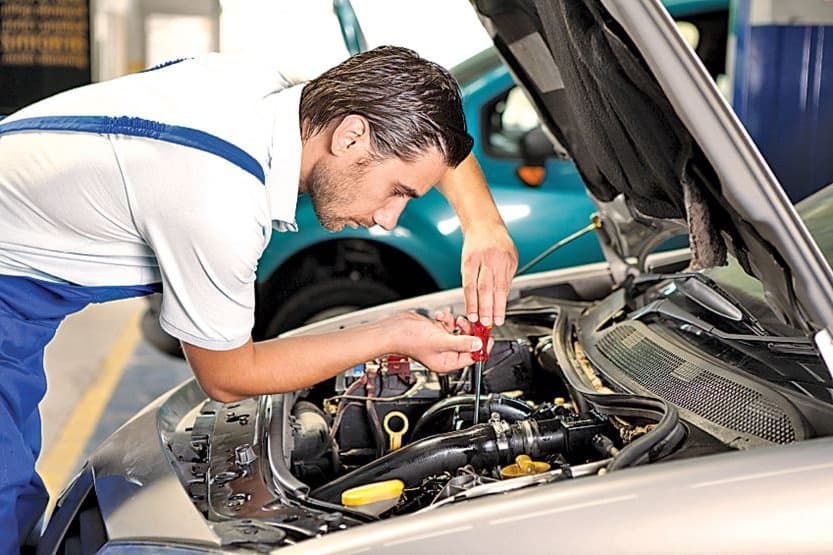
3. Learn How to Troubleshoot System Issues
As a car owner, you should learn how to troubleshoot minor system issues. Inspect your vehicle daily and used the car’s manual to fix minor problems, such as replacing a flat tire and knowing when to need an expert mechanic.
For example, check that your AC voltage doesn’t leak because it’s one cause of dimming lights. A leak would also drain your battery quickly. Prevent this from happening by troubleshooting bad systems before they affect other parts of your car.
4. Check Alternator Diodes and Noises
Diodes are essential components of the alternator. When diodes are damaged, the alternator will not function efficiently.
Also, faulty rotor shafts, bearings, and other vital components inside your alternator would produce noise. Likewise, when there are electrical and mechanical problems.
You can test by listening and observing the alternator. Whining noises indicate overcharging or faulty diodes. Grinding noises would indicate bad bearing and loose mounting bolts or a misaligned alternator drive belt.
5. Ensure that You Don’t Overcharge or Undercharge
You have to use an accurate measuring device, such as a Digital Multimeter (DMM) or load tester, to ensure that you don’t overcharge or undercharge your battery. A reading of 12.4 to 12.6 V indicates that your battery is fully charged.
You could test the measurement’s accuracy by starting the engine and holding the speed at 1500 rpm. The DMM measurement should be 0.5 to 2 V higher than the base voltage. If the reading is more than 2V above the base voltage, your battery may be malfunctioning, or your car’s alternator is overcharging the battery. Check also the charging system’s wiring or voltage regulator for damages.
What to Do When Indicator Light Stays On?
Here is a simple procedure that you could do when the indicator light stays on or when it goes on and off.
1. Set Up the Engine
Start the engine and then put on the emergency brakes to ‘park’ for automatic vehicles or ‘neutral’ for manual cars. Ask someone to help you out in this process. You can then test the battery terminals using the next step below.
2. Test Battery Terminals
You can then test which electrical connection is faulty by moving the wires from side to side. As you do this, take note of the time when the voltage reading goes up. If it does, the connection that you have wiggled is faulty.
Let your assistant take note of the indicator light. If it goes off, then the connection wire you’re touching has a faulty connection. You can also use a voltmeter to determine what wire connection is bad by observing if the reading goes up. If the meter reading goes up, the connection is bad.
3. Take the Vehicle to the Service Center
This step is the best method to adopt, as well-equipped mechanics would determine what’s wrong with your vehicle. Although you may be spending more on the services, you would be confident that the mechanic examined every component thoroughly and has diagnosed your car’s problem correctly.
In case this procedure doesn’t correct the problem, it’s time to consult a competent mechanic. Bring your car to your car dealer’s service center or to a service shop you trust. Let them perform a complete performance test.
Cost of Repair for Car’s Electrical System
Your car’s diagnosis and repair would depend on the outcome of the process, the type of vehicle, and the required repair or replacement.
The cost would approximately range from $100 to $1000. The most expensive repair would be the replacement of your vehicle’s starter, while the cheapest is replacing the fuse.
Some dealer shops would charge the service fee separately, from $40 to $500, but some shops would include the service fee with the price.
If you know enough about cars, then repairing yourself would reduce the cost. Nevertheless, I don’t recommend this method if you don’t have full knowledge of repairs. As the cliché goes, “little knowledge is dangerous.”
Conclusion – Battery Light Stays on but Alternator Is Charging
So, we have answers to the issue: ‘battery light on but alternator is charging’ and ‘battery light on but alternator is good’. If the light remains on longer, assume faulty battery circuits or alternator system.
When this happens, you have to find out what specific component is malfunctioning to replace or repair it.
In this article, we looked at the following problems for this issue and possible solutions for each:
- Dirty or Corroded Battery Terminals
- Loose Battery Clamps
- Alternator Problems
- Worn Serpentine Belt
Don’t ignore the problem as it could worsen and be more challenging to deal with later on. Having your car repaired by a licensed service center would ensure your safety as well.
Read next:
Bad Alternator Symptoms and Signs
What Is the Average Lifespan of Alternators?
Causes for Stop Vehicle Leave Engine Running Mercedes Warning Light

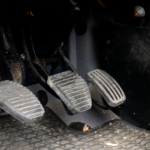
![Bad Alternator Vs Bad Battery [How to Tell] bad-alternator-vs-bad-battery](https://roadsumo.com/wp-content/uploads/2022/02/bad-alternator-vs-bad-battery-150x150.jpg)

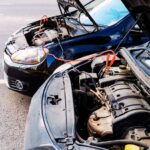

![Car Won’t Turn Over but Has Power [Causes and How to Fix] car wont turn over but has power](https://roadsumo.com/wp-content/uploads/2022/04/car-wont-turn-over-but-has-power-150x150.jpg)
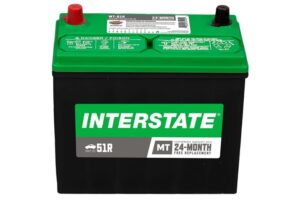

![Read more about the article Car Battery Draining Overnight [7 Causes]](https://roadsumo.com/wp-content/uploads/2022/09/car-battery-draining-overnight-300x200.jpg)